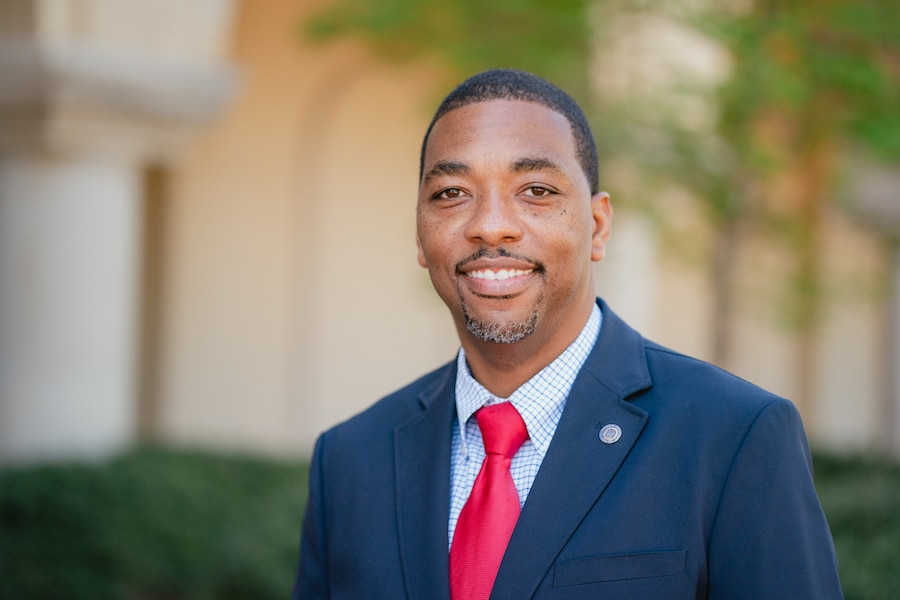Sometimes the old rules don’t apply. That principle was on remarkable display in 2003 at the 1,000-foot-long Choluteca Bridge in Choluteca, Honduras.
After Hurricane Mitch hammered the region, the bridge was useless. The structure itself was not the problem. Naturally, the bridge sustained some damage during the ferocious storm, but that was simple enough to repair. The problem was the river. The storm completely redirected it. As a result, the water no longer flowed under the bridge. The river flowed around the bridge. Pictures of the bridge after the river’s shift looked so bizarre you might have assumed they were photoshopped—but the phenomenon was real.
Consequently, the Choluteca Bridge became a “bridge to nowhere,” wrote Brett Munster in a 2018 online business journal. Sometimes, what we took for granted in the past simply cannot sustain us in the new normal of today and tomorrow.
Until a year ago, church planting and church revitalization were the two missional strategies getting a lot of attention. For good reasons, planting new churches and strengthening declining churches make sense, but for most congregations those strategies seemed to apply to others. Now, however, after a year of COVID-19 disruptions, we are all reassessing the damage and rethinking how to best reach our communities. When we honestly review last year and think about next year, isn’t it true that we are all revitalizing now?
If pastors and church leaders aren’t yet thinking about what a post-COVID congregational world looks like, they should consider a few glaring facts. Most U.S. churches are conducting in-person services again, but few are back to their pre-COVID attendance averages. Ed Stetzer reported in a Feb. 2021 Christianity Today blog that 30 percent of churches are reaching less than 50 percent of their pre-COVID attendance, and an additional 30 percent are reaching less than 70 percent of pre-COVID attendance. Ten percent aren’t meeting at all.
The region of the country where the churches are located, the average age of the congregation, state and local restrictions, vaccine availability, and a host of other factors may play a role in how soon larger numbers of people are willing to return to in-person worship. One fact, however, is consistent. No one is back to normal. Some 60 percent of US churches are reaching 70 percent or less—in most cases, far less—of their pre-COVID attendance. Stated another way, the situation looks even more bleak. Between 30 to 50 percent or more of our people have not attended in-person worship services in a year. Think about the discipleship implications of that!
Not only are established churches struggling through the uncharted territory of ministry in a global pandemic, but new church plants have launched against the opposing headwinds of wildly unforeseen challenges also. Recently a forum for Southern Baptist Convention church planters helped surface some of the unique problems faced by planters. For instance, the volunteer pool has contracted as large numbers of people have chosen virtual church instead of in-person gatherings. Since church planters rely heavily upon volunteers, rather than on additional paid staff, the dwindling pool of volunteers can be kryptonite for a new church.
Another challenge for planters is meeting space. Some church plants lost their rented spaces when public schools failed to reopen. As with all of us, church planters have been challenged to find new and innovative ways to do effective evangelism and outreach. The problem is compounded if their pre-COVID outreach strategies depended upon utilizing group events since groups often don’t meet and people are still shying away from large gatherings.
As thousands of churches, both established and newly planted, re-emerge from the disruption of COVID-19, and as churches are planted in the new frontier of a post-COVID culture, we should all review the revitalization principles previously recommended primarily for declining churches and incorporate those principles into our thinking about rebuilding.
Some of the principles of revitalization include a refocus on prayer, intentional shepherding and love for the current membership, solid biblical preaching, bold and creative evangelistic outreach, as well as refining the church’s vision and practices. All of these revitalization ministries, and a few others, are ideal guidelines for rebuilding after the pandemic.
Fortunately, the Southern Baptists of Texas Convention is a national leader in the ministry of revitalization. Excellent resources are available to help any church in Texas tackle the future and think and act on revitalization. Whether you are planting or established, find out how the SBTC can help you. We are all revitalizing now.














